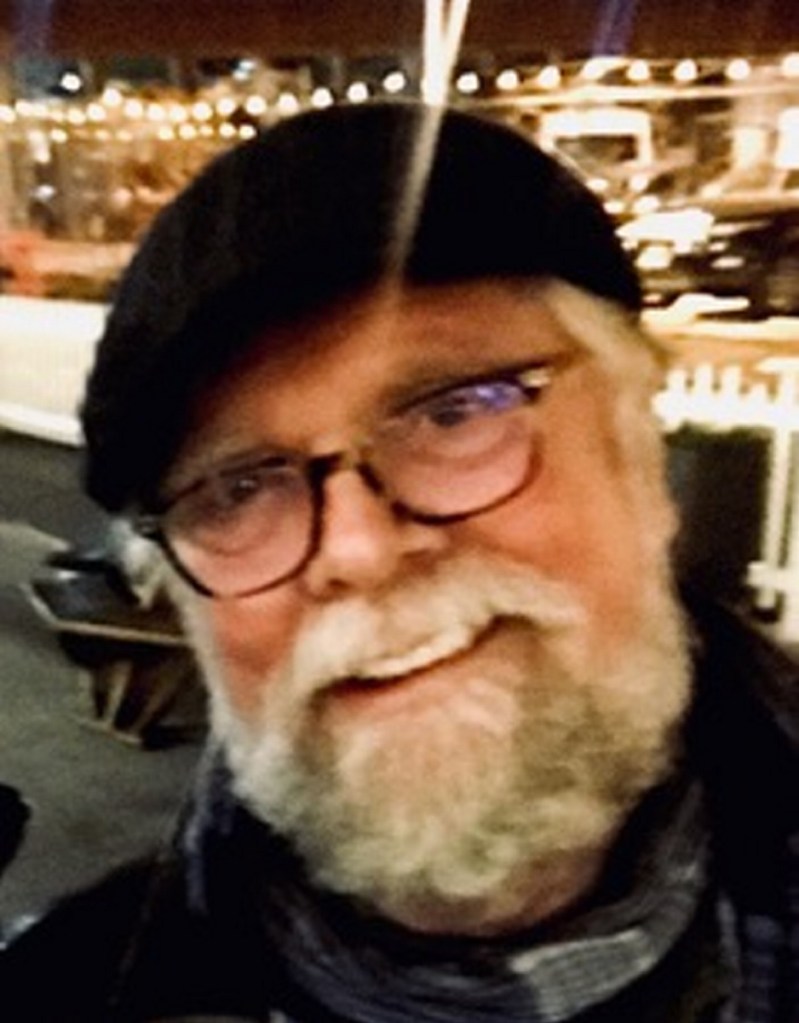The Camino de Santiago begins at Saint Jean Pied de Port, France, and travels roughly 500 miles through four of Spain’s regions, ending at the Cathedral at Santiago. I saw the Emilio Estevez-Martin Sheen movie “The Way”; read Paulo Coelho’s book “The Pilgrimage” and the German comedian Hape Kerkeling’s “I’m Off Then,” among others; and carried with me a copy of John Brierley’s “A Pilgrim’s Guide to the Camino de Santiago.”
Some people walk in groups, some as couples; for “starting over,” I decided to make a solitary walk as my 70th retirement/birthday present to myself. Books or movies only hint at what becoming a “pilgrim” in another country and language mean.
The Camino has been walked from pre-Christian and pre-literate times, had been documented by Catholics ranging from St. Francis going well through the Crusades to modern times. Mine began in San Sebastien in the Basque region on the Atlantic coast. My first step was to find the path itself. “Dónde encontraré el Camino Santiago?” I asked in my halting Spanish, and was told to walk to the edge of the city, where I would be able to find it. Just look for the “blazes.”
Which blazes did they mean? At the edge of town pointing up a hill I saw the first of what would prove to be many yellow arrows, something like the lines we paint on streets or driveways to show where to dig. An arrow pointed up the side of a hill, nothing else. Then another, about a half mile further, which pointed to a field leading around a mountain. In this method the path is “marked” fitfully with hand-painted arrows at random turns, sporadic trees and odd stones.
The route leads as if a giant treasure hunt away from civilization through rural Spain, almost resembling deer or cow paths through farm country. Accompanied by the gentle sound of real cowbells and bird song. Rolling green terrain, with the belief that there is a cathedral at journey end. One follows only by paying attention.
Each night I would sleep in what the Spanish call “albergues”: rustic unheated hostels with bunk beds for pilgrims. (What we all are called.) A collection of hand-stamped ink images serves to verify that you have come through this entire route, and they become a pilgrim’s “passport,” and eventually a Compestella or certificate upon arrival at Santiago. Each night I would be able to sleep in an open dorm filled with 30 or so snoring pilgrims. More sounds. The snoring is prodigious. It was like listening to the world.
Each day is a new beginning. Where does it lead? How difficult would it be each morning to step out onto the path? One day is easy. Day after day, not so much. It is said that everyone weeps one of the days and also experiences mystical visions. I did. Among them, I was reminded that each day is a new beginning.
Comments are not available on this story.
Send questions/comments to the editors.


